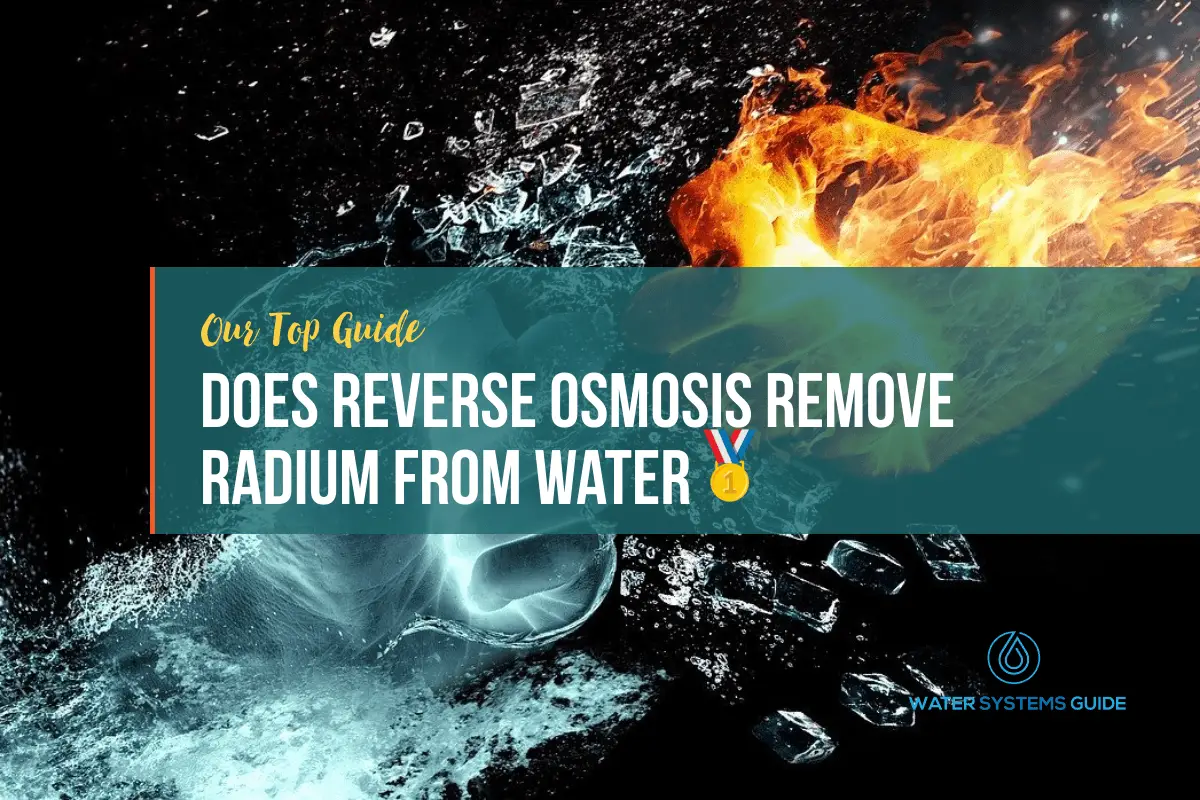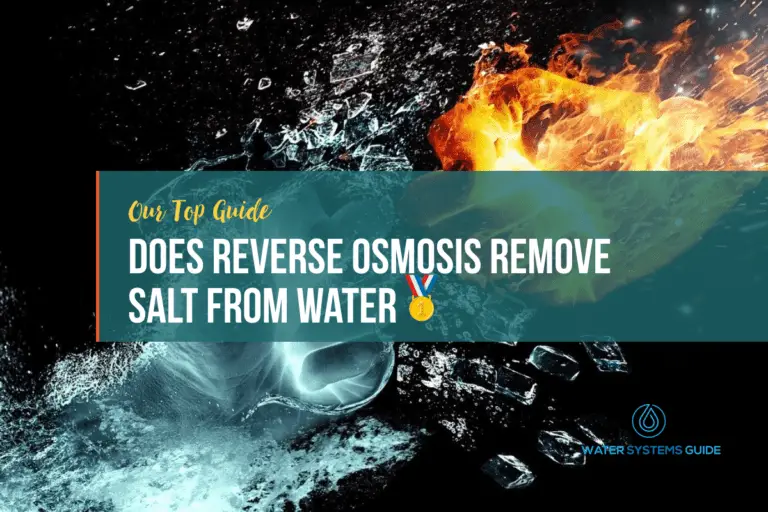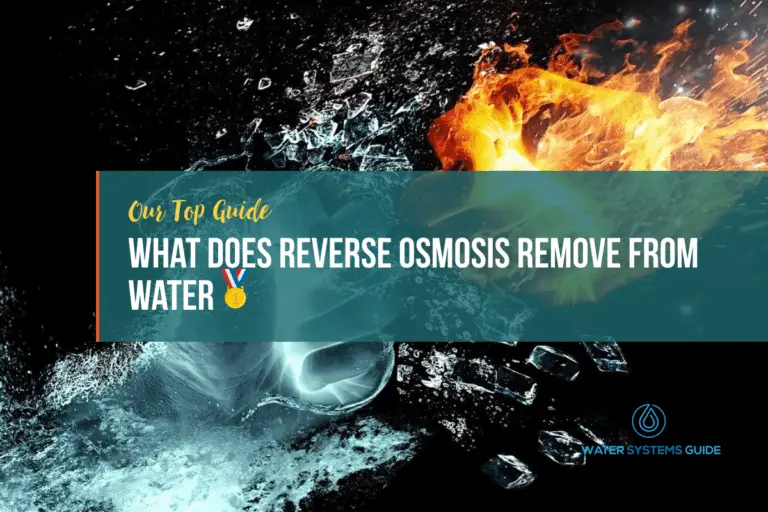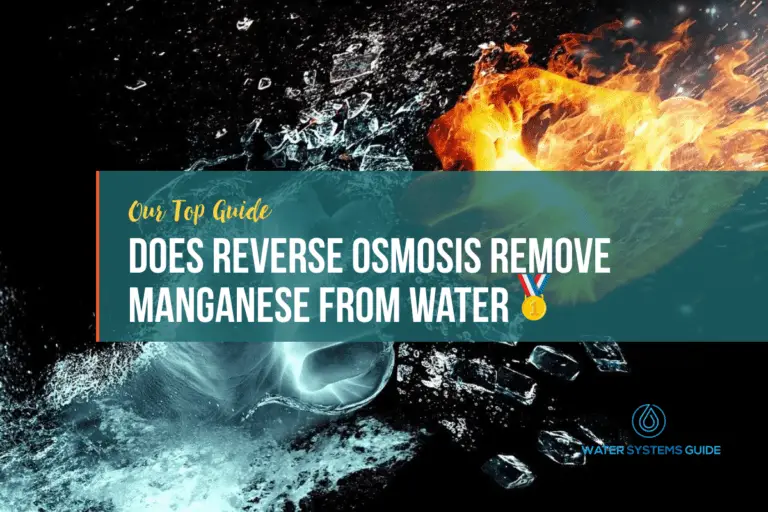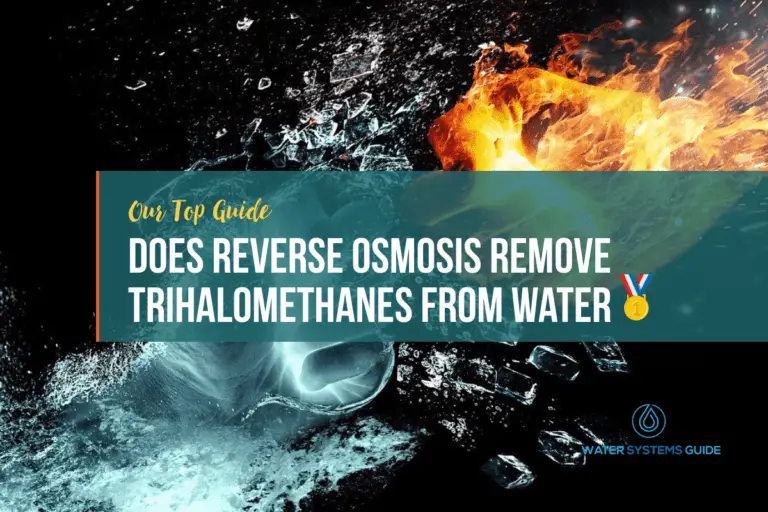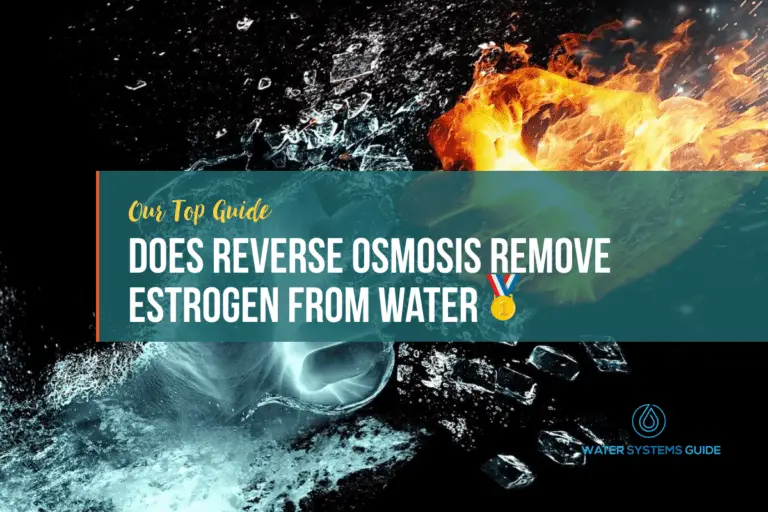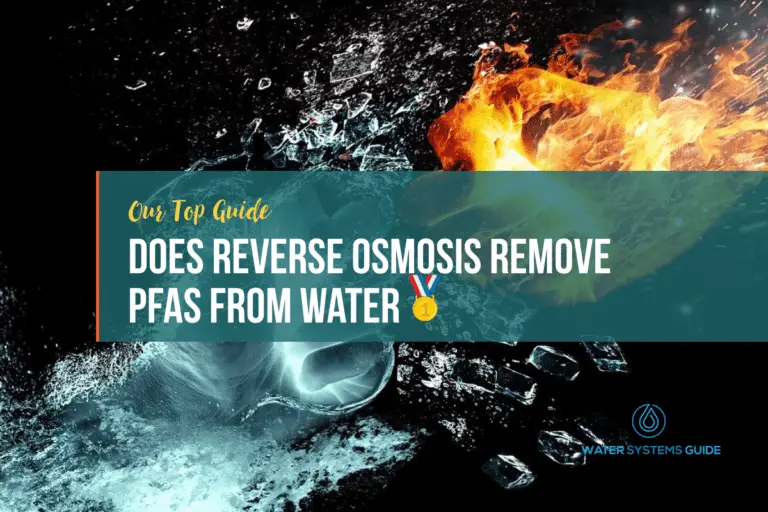Does Reverse Osmosis Remove Radium From Drinking Water
How Does Reverse Osmosis Work?
What is Radium and where is it used?
Radium is a naturally occurring chemical element with the symbol Ra and atomic number 88. It is the sixth element in group 2 of the periodic table, also known as the alkaline earth metals. Pure radium is silvery-white, but it readily oxidizes on exposure to air, becoming black in color. All isotopes of radium are highly radioactive, with the most stable isotope being radium-226, which has a half-life of 1600 years and decays into radon-222.
Radium is a radioactive metal that is found in small amounts in the environment. It has been used in some medical treatments, but its use has declined due to its radioactivity.
How does radium get into municipal water?
Radium is a metal that can be found in the environment naturally. “Surface water is usually low in radium but groundwater can contain high levels of radium depending on local geology. Deep bedrock aquifers used for drinking water sometimes contain levels of Ra-226 and Ra-228 that exceed health-based regulatory standards. In Illinois (for example), high radium levels occur primarily in the northern third of the state due to the presence of radium in the granite bedrock that surrounds aquifers from which water supplies are drawn.”
It can also be released into the environment through human activities, such as mining and nuclear power generation.
Once released, radium can enter the municipal water supply through runoff and leaching from contaminated soil and sediments. Although treatment methods can remove radium from drinking water, it can still pose a health risk if consumed in large amounts.
Radium’s Impact on Human Health
Radium’s impact on human health is both direct and indirect.
Radium exposure can cause acute health effects such as skin burns, hair loss, and ulceration. It can also lead to long-term health problems such as anemia, cancer, and kidney damage.
Indirectly, radium can contaminate food and water supplies, which can lead to chronic exposure and health problems for those who consume the contaminated products.
With that being said, we can understand why you’d want to remove it from the water that you drink or consume.
Does Reverse Osmosis Remove Radium?
According to Culligan Nation (a water filter manufacturer, take what you will from that), a RO system can remove up to 90% of radium.
However, there are other unbiased sources that have suggestions on how to remove radium from your water, for example, the Illinois Department Of Public Health. Don’t worry, we’ve summarised what they’ve said directly below.
“There are a number of treatment methods are available to remove radium from water. Ion exchange, lime softening, and reverse osmosis are the most common and can remove up to 90 percent of radium present. Ion exchange (i.e. water softeners) can often remove 90 percent of radium present along with water hardness”
It’s also recommended to choose a POE system, over a POU system. According to the Connecticut Department Of Health, “Point-of-use (POU) water treatment devices treat water at just one faucet. They differ from point-of-entry (POE), or whole house devices, which are installed on the water line and treat all the water that enters the home.”
Steps To Remove Radium from My Water Supply?
There are a few other ways to reduce radium from your water supply, all of which have been sourced from the writing of Dennis Clifford, a professor of environmental engineering at the University Of Houston, and an investigator for the EPA, alongside research from the Illinois Department Of Public Health.
“A number of treatment methods are available to remove radium from water:
Ion exchange, lime softening, and reverse osmosis are the most common and can remove up to 90 percent of radium present. Ion exchange (i.e. water softeners) can often remove 90 percent of radium present along with water hardness. For some people, an undesired effect of ion exchange is the addition of sodium to the treated water. Those on low sodium (salt) diets should consider this before installing a softener. Reverse osmosis does not add sodium to the water.”
How to test your water supply for Radium
All public water supplies are regularly tested for radium, however, this doesn’t mean that you shouldn’t test anyway, because you can’t control what the government sets as “safe levels” of radium in drinking water.
If you have a private water supply, such as a well, then you’ll definitely want to test it for radium and other contaminants.
There are a few ways to test your water for radium and other contaminants. You can either use a home testing kit or send a sample of your water to a lab for testing. Home testing kits are available at most hardware stores and usually require you to collect a sample of your water in a clean container. Once you have your sample, you will need to follow the instructions on the kit to test your water. Sending a sample of your water to a lab is another option for testing. To do this, you will need to find a lab that specializes in water testing and send them a sample of your water. The lab will then test the water and send you the results.
What Else Does Reverse Osmosis Remove?
The process reduces other contaminants from water, including fluoride, chloride, calcium, arsenic, chloramine, heavy metals, pesticides, and pharmaceuticals.
Unfortunately, RO does remove healthy minerals in the water, such as magnesium, sodium, potassium, and calcium
While most municipal water supplies in the United States are required to meet strict safety standards set by the Environmental Protection Agency (EPA), trace amounts of these and other contaminants can still end up in tap water. That’s why many people use reverse osmosis systems to further purify their drinking water.
Conclusion
In conclusion, does reverse osmosis remove radium in water? Technically yes, it does. According to the reputable studies we linked above, it is an effective way to reduce anywhere from ~90% of radium from water. It is also a safe and affordable method of water filtration, filtering many harmful water contaminants including bacteria and virus’.

